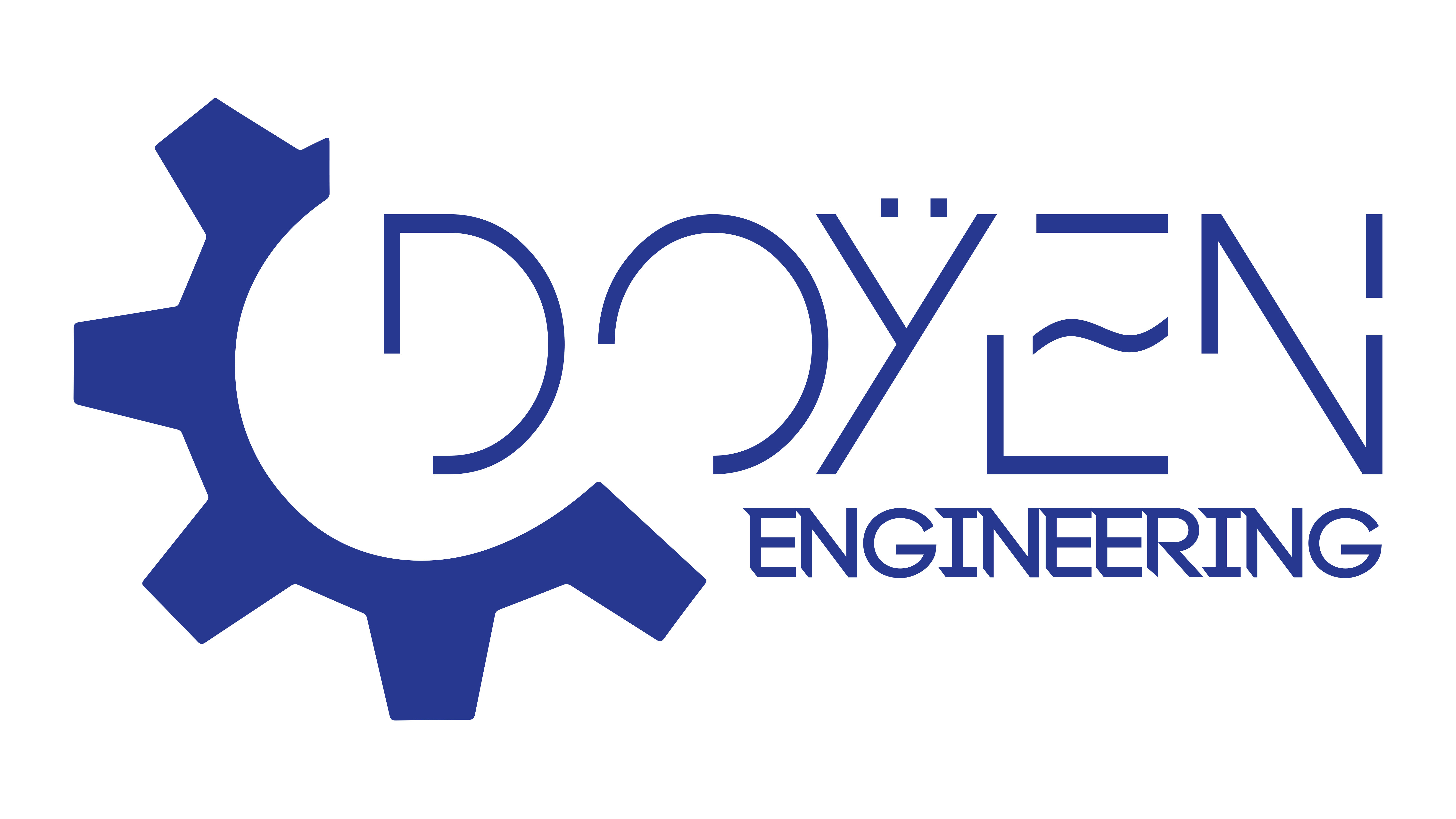
Introduction
Overview of Electric Power Transmission
Electric power transmission is a critical component of our modern energy landscape, enabling the movement of electricity from power plants to consumers. This complex system ensures that homes and businesses receive a steady supply of electricity, which underpins almost every aspect of daily life. Consider the journey of electricity, which travels long distances through high-voltage transmission lines. For example:
- Power Generation: Electricity is generated at power plants—be it fossil fuels, nuclear, or renewables.
- Transmission: High-voltage lines transport electricity over extensive networks to minimize losses.
- Distribution: Finally, electricity is stepped down to lower voltages for safe use in homes.
This entire process highlights the importance of advancements in technology for efficiency and reliability, setting the stage for a deeper discussion on the future of electric power transmission.

Importance of Advancements in Transmission Technology
Efficiency and Reliability
As we delve into the importance of advancements in transmission technology, the focus on efficiency and reliability cannot be overstated. With a growing demand for electricity, it's vital that the systems in place can not only keep up but also improve. Innovations such as:
- Smart meters that provide real-time data
- Automated grid management systems
- High-capacity transmission lines
These advancements help reduce energy losses and enhance overall reliability, ensuring that power is delivered consistently and efficiently. For instance, a local utility that implemented smart grid technologies experienced a significant drop in outage times, underscoring the tangible benefits.
Environmental Impact
The advancements in transmission technology also play a crucial role in mitigating environmental impacts. By increasing the efficiency of power transmission, we can reduce the reliance on fossil fuels and lessen carbon emissions. Key benefits include:
- Lower energy losses during transmission
- Facilitation of renewable energy integration
- Minimized land use for new infrastructures
For example, the integration of renewable sources into existing networks has proven to be a game-changer, allowing for cleaner energy dissemination. As we strive for a more sustainable future, these technological innovations are essential for protecting our environment while meeting the energy demands of today.
Current Challenges in Electric Power Transmission
Aging Infrastructure
While advancements in technology are paving the way for a more reliable electric power transmission system, the reality is that many networks still grapple with aging infrastructure. Much of the country’s electrical grid was built decades ago, leading to significant challenges, such as:
- Increased maintenance costs
- Higher risk of outages
- Limited capacity to accommodate new energy sources
A personal experience can bring this to life. A friend of mine frequently experienced power outages due to outdated transmission lines near their home. These inconsistencies not only disrupted daily life but also highlighted a broader issue that many communities face.
Grid Resilience
Closely related to infrastructure challenges is the need for enhanced grid resilience. As extreme weather events become more common, the ability of grid systems to withstand and quickly recover from disruptions is paramount. Some pressing concerns include:
- Physical vulnerabilities due to storms, wildfires, and natural disasters
- Cybersecurity threats that put critical systems at risk
- Capacity management in the face of growing energy demands
Investing in grid resilience is essential not just for reliability, but also for safeguarding communities and economies against prolonged outages. A robust and resilient grid can be the lifeline during emergencies, ensuring that power is restored quickly and efficiently. Addressing these challenges should be a priority as we move forward into an ever-evolving energy landscape.
Innovations in Power Transmission
High-Voltage Direct Current (HVDC) Technology
In the quest for improved electric power transmission, High-Voltage Direct Current (HVDC) technology stands out as a revolutionary advancement. HVDC systems offer several advantages over traditional alternating current (AC) systems. Some of these are:
- Reduced energy losses: HVDC can transport electricity over long distances with lower line losses.
- Stability: It enhances the stability of power systems by controlling power flow more effectively.
- Interconnectivity: HVDC allows for easy integration of different grids, facilitating renewable energy harvesting.
A compelling example is the North Sea Wind Power Hub project, proposing HVDC technology to connect multiple countries, harnessing wind energy efficiently.
Smart Grid Solutions
Alongside HVDC, smart grid solutions are transforming electric power transmission into a more responsive and intelligent system. Smart grids utilize advanced technologies like:
- Real-time monitoring and analytics
- Automated fault detection
- Demand response management
These features not only enhance efficiency but also empower consumers to monitor their energy usage better. A friend in an urban area shared how their utility company’s smart grid implementation led to significant energy savings, reducing their electricity bill while promoting sustainable habits.Together, HVDC technology and smart grid solutions represent the future of electric power transmission, promising to meet contemporary challenges with innovative approaches. These advancements are paving the way for a more sustainable and reliable energy future.

Growth of Renewable Energy Sources
Integration Challenges
As the shift towards renewable energy sources gathers momentum, integrating these into existing electric power transmission systems presents a series of challenges. For instance, renewable sources like wind and solar are intermittent, creating difficulties in maintaining a consistent energy supply. Key challenges include:
- Variability: Fluctuations in energy generation can lead to grid instability.
- Infrastructure upgrades: Existing transmission lines may need enhancements to accommodate new energy sources.
- Regulatory hurdles: Navigating policies around renewable energy can slow down integration efforts.
A personal experience illustrates this: while visiting a community with solar farms, locals noted frequent outages when demand peaked, highlighting the integration challenges faced.
Impact on Transmission Networks
The growth of renewable energy sources also significantly impacts transmission networks. While increasing the share of renewables in the energy mix is vital for sustainability, it requires reevaluating and upgrading transmission infrastructure. Below are some notable effects:
- Increased Load: As more renewables are added, transmission lines face higher loads and require reinforcement.
- Decentralization: More distributed energy resources change the way electricity flows, necessitating advanced management systems.
- Investment Needs: Significant capital investment is needed to modify networks for dual-directional power flow and to handle fluctuating supply.
Regions successfully integrating renewables have shown positive results, such as a decrease in greenhouse gas emissions and improved energy independence. Addressing these integration challenges is essential, ensuring that the electric power transmission network evolves to support a cleaner energy future.





